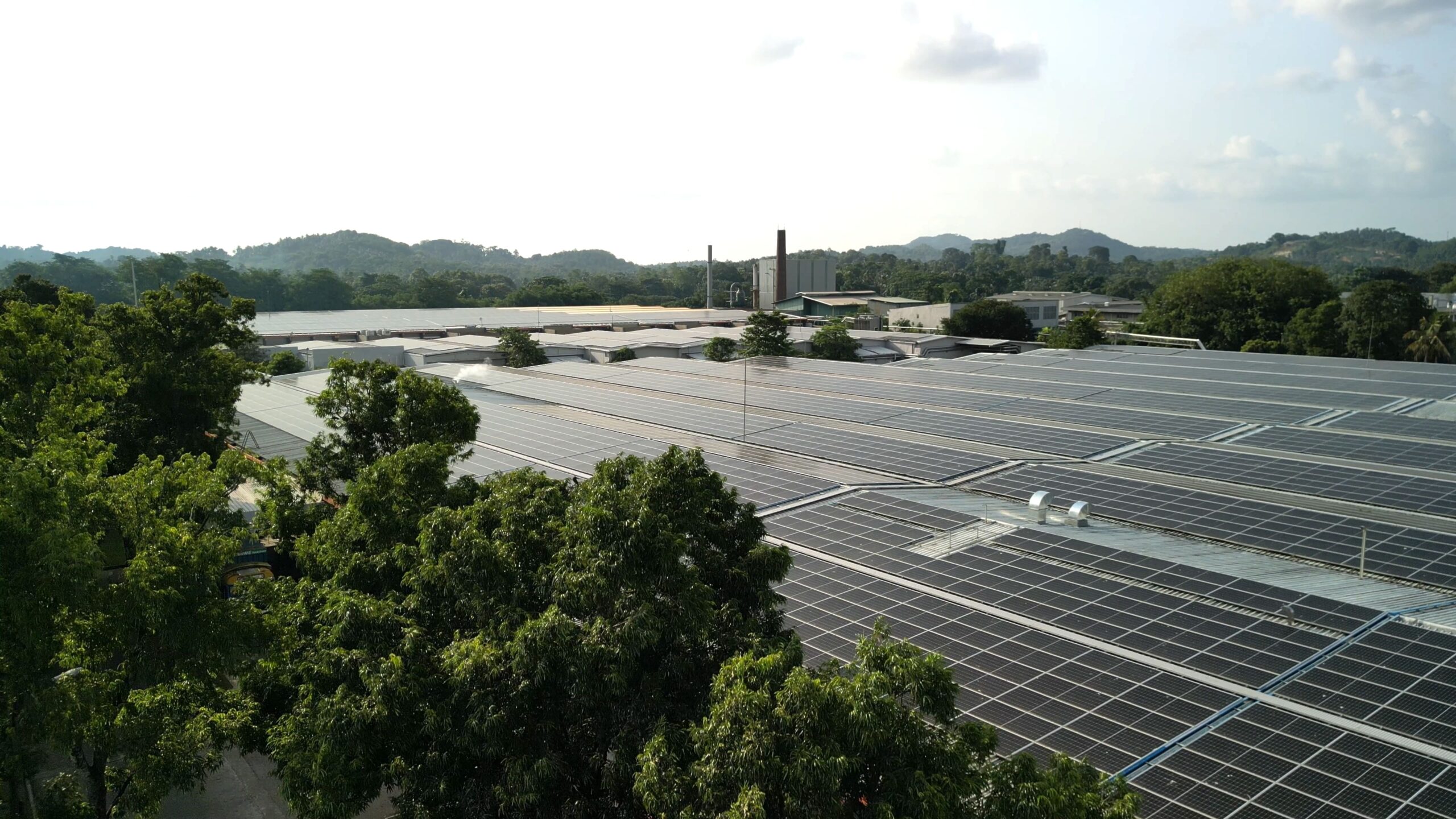As the apparel industry strives for sustainability and cost efficiency, energy management has emerged as a critical focus area. With rising energy costs and increasing environmental regulations, adopting best practices in energy management is essential for manufacturers aiming to enhance productivity, reduce costs, and minimize their carbon footprint.
1. Conducting Comprehensive Energy Audits
Energy audits are foundational to effective energy management. By evaluating energy consumption patterns across production processes, manufacturers can identify inefficiencies and prioritize improvement areas. Audits often reveal hidden energy drains, such as poorly maintained equipment, outdated lighting systems, and suboptimal HVAC performance.
- Case Study: DBL Group, a leading apparel manufacturer in Bangladesh, reduced its energy use by 20% by conducting regular energy audits. Insights from the audits led to investments in energy-efficient motors and process optimization in dyeing units.
2. Leveraging Smart Technology for Energy Monitoring
The adoption of smart meters and IoT-enabled devices allows real-time monitoring of energy consumption at granular levels. These systems provide actionable insights, enabling manufacturers to optimize operations based on energy usage patterns.
- Implementation Example: MAS Holdings in Sri Lanka installed IoT sensors across its factories to monitor energy use in sewing and cutting units. This initiative helped them identify peak energy consumption periods and adjust production schedules, leading to significant cost savings.
3. Optimizing HVAC Systems
Heating, ventilation, and air conditioning (HVAC) systems often account for a significant portion of energy consumption in apparel factories. Maintaining optimal indoor conditions for fabric and garment production while reducing energy use requires a balance of technology and regular maintenance.
- Best Practice: Shahi Exports, India’s largest apparel exporter, implemented variable frequency drives (VFDs) on its HVAC systems to reduce motor speeds during low-demand periods. This upgrade, combined with regular filter cleaning, cut their HVAC energy costs by 15%.
4. Adopting Energy-Efficient Machinery
Energy-efficient machinery not only improves productivity but also significantly reduces energy consumption. Modern sewing machines, dyeing equipment, and cutting systems are designed to operate with minimal energy requirements.
- Example: Crystal International Group in Hong Kong upgraded its dyeing machines to energy-efficient models, reducing water and energy usage by over 30% per production cycle.
5. Implementing Renewable Energy Solutions
Renewable energy sources such as solar, wind, and biomass offer sustainable alternatives to traditional energy systems. Integrating renewable energy reduces dependency on fossil fuels, cuts costs, and enhances brand reputation.
- Case in Point:
Pacific Jeans Group in Bangladesh installed rooftop solar panels across its production facilities, offsetting up to 40% of its electricity needs and reducing its carbon footprint significantly.
6. Enhancing Energy Recovery Systems
Energy recovery systems capture and reuse waste heat from processes like dyeing, drying, and finishing. This reduces the demand for additional heating or cooling and enhances overall energy efficiency.
- Example: Hirdaramani Group in Sri Lanka installed heat recovery systems in its dyeing units to reuse hot water for preheating. This practice reduced its energy consumption in dyeing processes by 25%.
7. Promoting Employee Awareness and Engagement
Energy management isn’t just about technology—it also involves behavioral change. Training employees on energy-saving practices and incentivizing energy-conscious behavior can have a lasting impact.
- Initiative: At Esquel Group’s manufacturing sites, employee energy-saving campaigns encourage simple actions like shutting down idle machines and optimizing shift patterns. The company reports significant cumulative savings from these initiatives.
8. Utilizing Advanced Building Design
Factory infrastructure plays a crucial role in energy efficiency. Incorporating energy-efficient designs, such as better insulation, natural lighting, and optimized airflow, reduces energy requirements.
- Green Building Practice: Arvind Limited, a leading textile manufacturer in India, designed its production facilities with green building principles, incorporating solar chimneys and energy-efficient windows to reduce HVAC loads.
9. Switching to Energy-Efficient Lighting
Replacing traditional lighting with energy-efficient options like LED lights is one of the simplest and most cost-effective ways to reduce energy consumption.
- Impact: The Coats Group, a global thread manufacturer, replaced conventional lighting with LED systems in its production facilities. This shift resulted in a 60% reduction in lighting-related energy consumption.
10. Collaborating With Utility Providers
Working closely with utility providers to negotiate energy contracts, participate in demand response programs, and gain access to rebates for energy-efficient upgrades is another effective strategy.
- Example: TAL Apparel, a leading garment manufacturer in Hong Kong, participates in demand response programs to reduce energy consumption during peak grid hours, lowering energy costs and contributing to grid stability.
Conclusion
Effective energy management in apparel production is no longer optional; it is a necessity for staying competitive in a rapidly evolving industry. By implementing best practices such as energy audits, smart monitoring, renewable energy adoption, and employee engagement, manufacturers can achieve significant cost savings and enhance sustainability. These practices not only improve operational efficiency but also contribute to broader environmental goals, reinforcing the industry’s commitment to a sustainable future.
